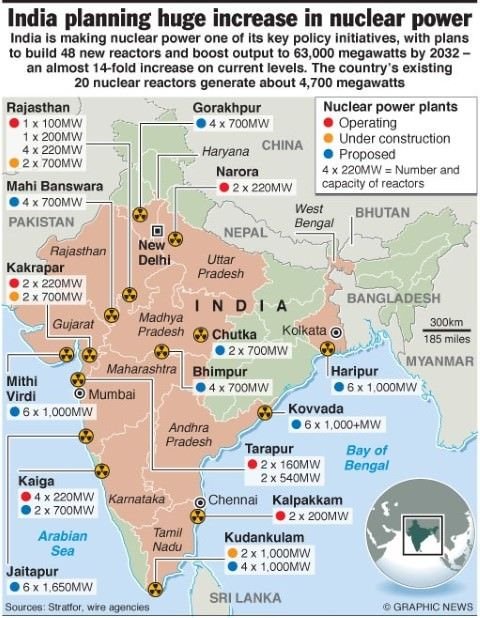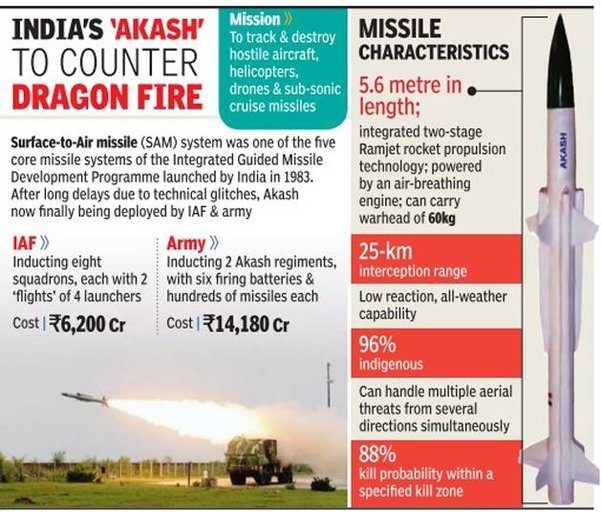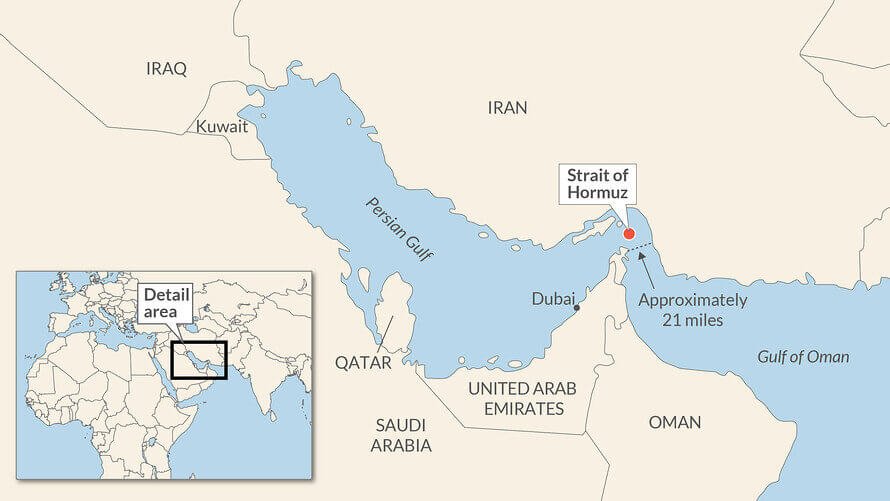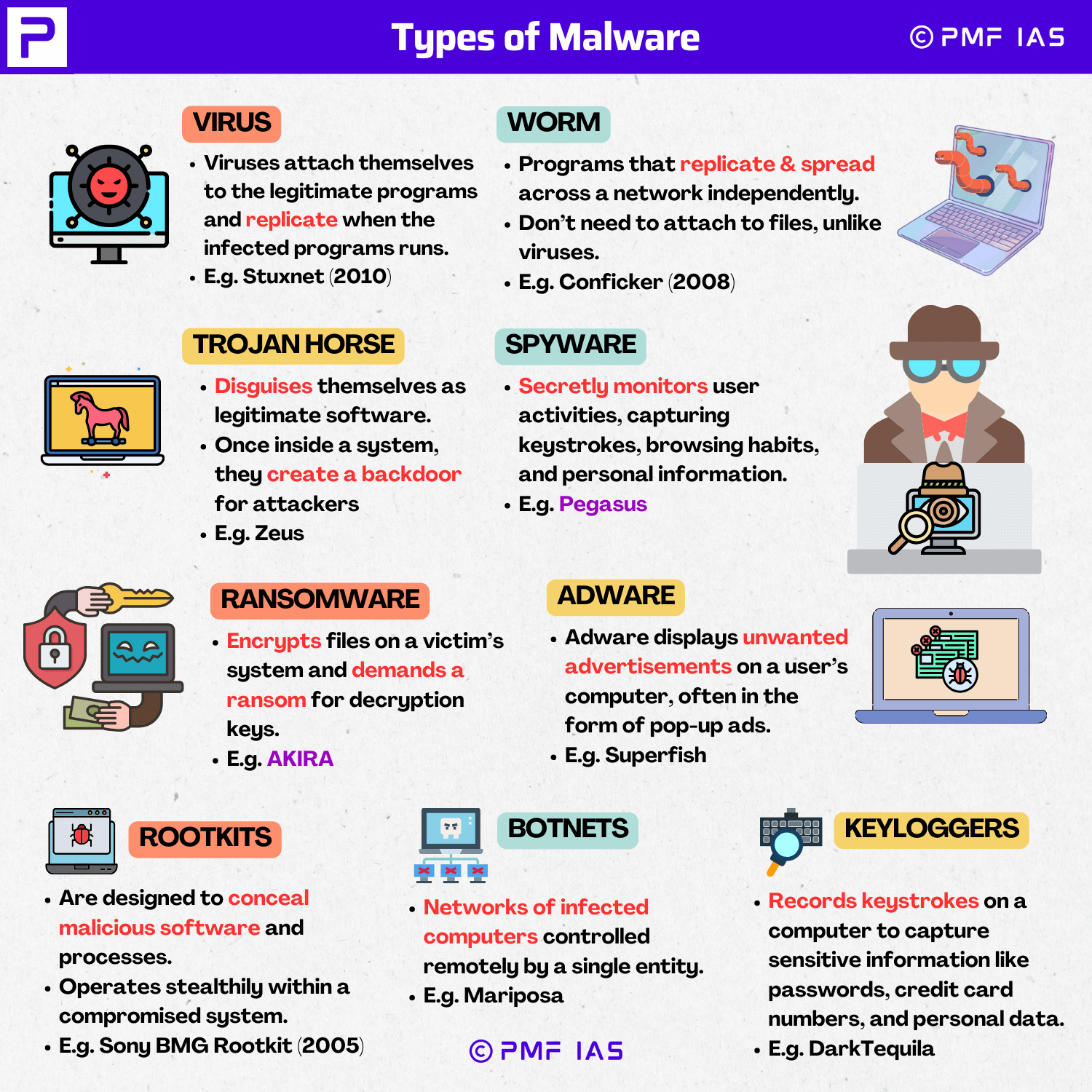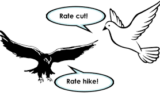
E-Waste Management Rules, 2022 by MoEFCC
Subscribers of "Current Affairs" course can Download Daily Current Affairs in PDF/DOC
Subscribe to Never Miss an Important Update! Assured Discounts on New Products!
Must Join PMF IAS Telegram Channel & PMF IAS History Telegram Channel
- Context (PIB): MoEFCC has revised the E-Waste (Management) Rules, 2016 and notified the E-Waste (Management) Rules, 2022, and the same has been in force since 1st April 2023.
- Under these rules, the collection and processing of e-waste can be carried out only by registered producers, recyclers and refurbishers.
- The Indian Cellular and Electronics Association (ICEA) report (2022) says harnessing e-waste is a $7 billion market opportunity.
Salient Features of the New Rules
- They apply to every manufacturer, producer, refurbisher, dismantler and recycler.
- All manufacturers, producers, refurbishers and recyclers must register on the Central Pollution Control Board (CPCB) portal.
- No entity shall carry out any business without registration and not deal with any unregistered entity.
- Authorization has now been replaced by registration through the online portal, and only manufacturers, producers, refurbishers, and recyclers require registration.
- Schedule I is expanded, and now 106 Electrical and Electronic Equipment (EEE) have been included under the extended producer responsibility (EPR) regime.
- Producers of notified EEE have been given annual E-Waste Recycling targets based on the generation from the previously sold EEE or based on sales of EEE, as the case may be.
- Target may be made stable for 2 years, starting from 60% for the years 2023-2024 and 2024-25, 70% for the years 2025-26 and 2026-27, and 80% for the years 2027-28 and 2028-29 and onwards.
- Management of solar PV modules/panels/cells is added to new rules.
- The quantity recycled will be computed based on end products to avoid any false claims.
- Provision for generation and transaction of EPR Certificate has been introduced.
- Provisions for environmental compensation, verification and audit have been introduced.
- There is a provision for the constitution of a Steering Committee to oversee the overall implementation of the rules.
- Provision for reducing hazardous substances in the manufacturing of EEE mandates that every producer of EEE and their components shall ensure that their products do not contain lead, mercury and other hazardous substances beyond the maximum prescribed concentration.
- It also provides recognition and registration, skill development, monitoring and ensuring the safety and health of workers involved in dismantling and recycling e-waste.
Advantages of the amendments
- The new provisions would facilitate and channelise the informal sector to the formal sector for doing business and ensure recycling of E-waste in an environmentally sound manner.
- It will promote a circular economy through the EPR regime & scientific recycling/disposal of e-waste.
- Provisions for environmental compensation, verification and audit will improve accountability.





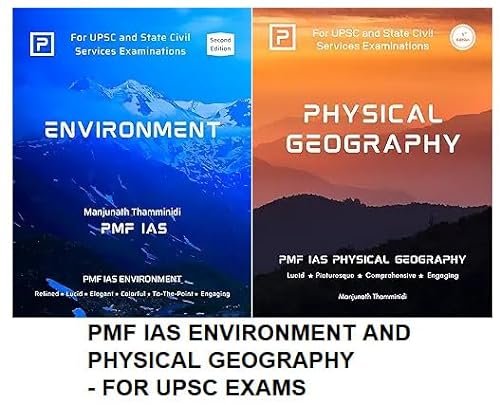
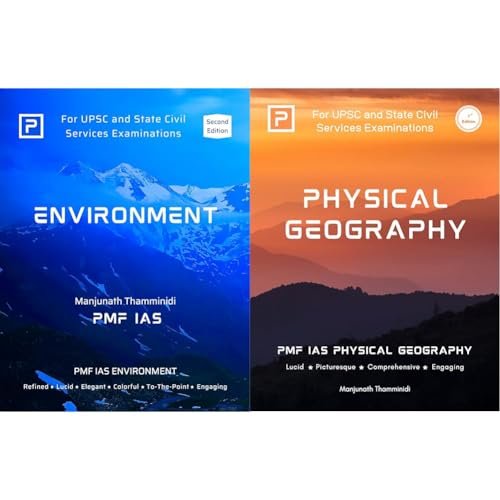
![PMF IAS Environment for UPSC 2022-23 [paperback] PMF IAS [Nov 30, 2021]…](https://pmfias.b-cdn.net/wp-content/uploads/2024/04/pmfiasenvironmentforupsc2022-23paperbackpmfiasnov302021.jpg)
